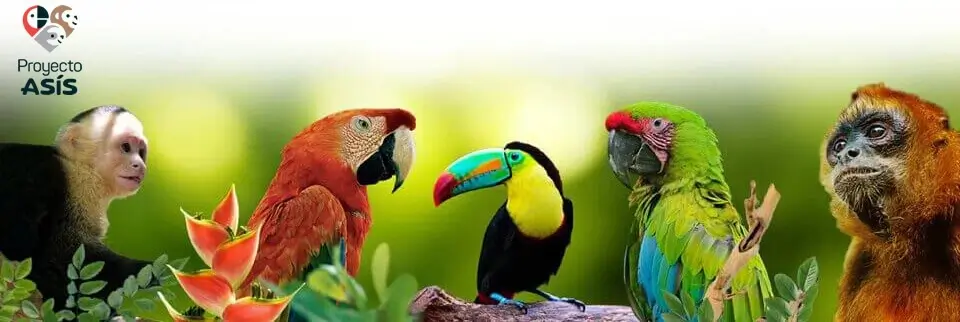Geoffroy’s spider monkey (Ateles geoffroyi), one of the most agile and intelligent primates in the Americas, is a vital seed disperser and a symbol of tropical forest health. With their incredibly long limbs and prehensile tails, these monkeys are perfectly adapted for life in the treetops—but they face serious threats from habitat destruction.
Other Common Names & Taxonomy
- Scientific Name: Ateles geoffroyi
- Other Names:
- Black-handed spider monkey
- Central American spider monkey
- Mono araña (Spanish)
- Taxonomy:
- Kingdom: Animalia
- Phylum: Chordata
- Class: Mammalia
- Order: Primates
- Family: Atelidae
- Genus: Ateles (spider monkeys)
Anatomical Characteristics: Built for the Treetops
- Body Structure:
- Slender limbs (arms longer than legs)
- Prehensile tail (functions like a fifth limb!)
- Lack of thumbs (reduces snagging while swinging)
- Size & Weight:
- Body Length: 30–63 cm (12–25 in)
- Tail Length: 63–85 cm (25–33 in)
- Weight: 6–9 kg (13–20 lbs)
- Coloration: Varies by subspecies—black, brown, or reddish fur, often with lighter facial markings.
Conservation Status: A Threatened Species
- IUCN Status: Endangered (EN)
- Major Threats:
- Habitat destruction
- Hunting for bushmeat
- Pet trade
- Protected Areas: Found in reserves like Costa Rica’s Corcovado NP and Nicaragua’s Indio Maíz.
Biology & Ecology: Life in the Canopy
- Diet: Primarily frugivorous (fruit makes up ~80% of diet), also eats leaves, flowers, and insects.
- Behavior:
- Highly social, living in groups of 20–40 (but often split into smaller subgroups).
- Diurnal (active during the day).
- One of the most intelligent New World monkeys, using tools in captivity.
- Ecological Role: Critical seed dispersers—help regenerate forests by spreading seeds.
Population Trend: Rapid Decline
- Estimated Decline: 50% over 45 years (due to deforestation & hunting).
- Strongholds: Largest populations remain in Costa Rica, Panama, and Nicaragua, but even these are shrinking.
Geographical Distribution: Where Does It Live?
- Native Range: Southern Mexico through Central America to Colombia.
- Habitat:
- Tropical rainforests
- Dry forests (in some regions)
- Mangroves (rarely)
- Countries: Mexico, Belize, Guatemala, Honduras, Nicaragua, Costa Rica, Panama, Colombia.
Threats to Survival: Why Is It Disappearing?
1️⃣ Deforestation (logging, agriculture, urban expansion).
2️⃣ Hunting (for meat and illegal pet trade).
3️⃣ Climate Change (alters fruit availability).
4️⃣ Roads & Power Lines (cause fatal accidents when monkeys cross).
Reproductive Cycle: Slow but Dedicated Parenting
- Mating System: Polygamous (one male mates with multiple females).
- Gestation: 7–8 months.
- Birth: Usually one infant (twins rare).
- Maternal Care:
- Infants cling to mother’s belly for 4–5 months, then ride on her back.
- Weaned at 12–20 months.
- Females stay with their mothers for 3–4 years to learn survival skills.
- Sexual Maturity: Females at 4–5 years, males at 5–6 years.
- Lifespan: 20–25 years in the wild, up to 40 years in captivity.
How Can We Help Protect Geoffroy’s Spider Monkey?
✅ Support reforestation efforts in Central America.
✅ Avoid wildlife tourism that exploits monkeys.
✅ Donate to conservation groups like Paso Pacifico or Rainforest Trust.
✅ Spread awareness—share this post!
Geoffroy’s spider monkey is more than just an acrobat of the trees—it’s a keystone species that keeps rainforests healthy. With Endangered status and populations plummeting, urgent action is needed to protect its habitat and stop illegal hunting.
Did you learn something new? Share this post to help raise awareness! 🐒🌿
























